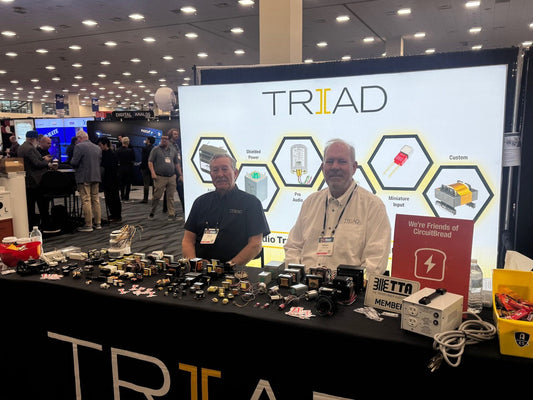Back in the 1970s, when we started PS Audio, the quest for audio perfection was plagued by an infuriating instability. Our analog circuit's' performance wandered throughout the day—in fact, from turn on to turn off we could not get steady results.
Distortion levels, frequency limits, even open loop gain fluctuated with temperature and operating parameters—heck, even in the best of circumstances, operating parameters fluctuated with the audio signal itself! The louder the signal got the more the audio circuit's linearity changed. This was maddening to anyone designing audio amplification products. The culprit? A simple resistor tasked with an impossible job - maintaining steady current flow despite shifting voltages and temperatures. Like trying to maintain constant water pressure with a fixed pipe size while the reservoir level keeps changing, the resistor couldn't adapt to fluctuating conditions.
That resistor set the current for each stage of the circuit. It was just the way it was done and had been done since the birth of analog audio circuits.
But, that was about to change.
Enter one of my favorite characters in the colorful world of analog circuit design, a wildman by anyone's standards, Bob Widlar.

Here's a picture of my outspoken hero explaining digital audio. "Every idiot can count to one."
At the time, Widlar was designing operational amplifiers for Fairchild semiconductors and he too faced the same problems of instability as did we.
While engineers around the world just took for granted the performance limitations of using a single resistor to set the current, wickedly smart guys like Widlar weren't about to do the same. No, Widlar decided this sloppy performance was unacceptable and set out to fix it.
He saw the solution hidden within the very physics of semiconductors themselves.* By pairing two transistors in a dance of mutual compensation, he created a self-regulating system that maintained perfectly steady current regardless of external changes. It became known as the Constant Current Source and it worked like an electronic conductor, ensuring each component in the amplifier received exactly the current it needed, no more, no less.
*Semiconductors operate in reverse of resistors, meaning as temperatures rise, resistors increase their resistance values while semiconductors do the opposite. By cleverly taking advantage of both, Widlar figured out how to make a simple circuit that remained fixed regardless of temperature changes.
Today, this elegant two-transistor circuit, costing mere pennies to produce, forms the backbone of nearly every high-performance audio device. Widlar's brilliant insight didn't just solve a technical problem, it set the standard for analog circuit performance and favorably adds to every performance you or I enjoy on our HiFi systems.
A simple solution that changed the world in a good way.









